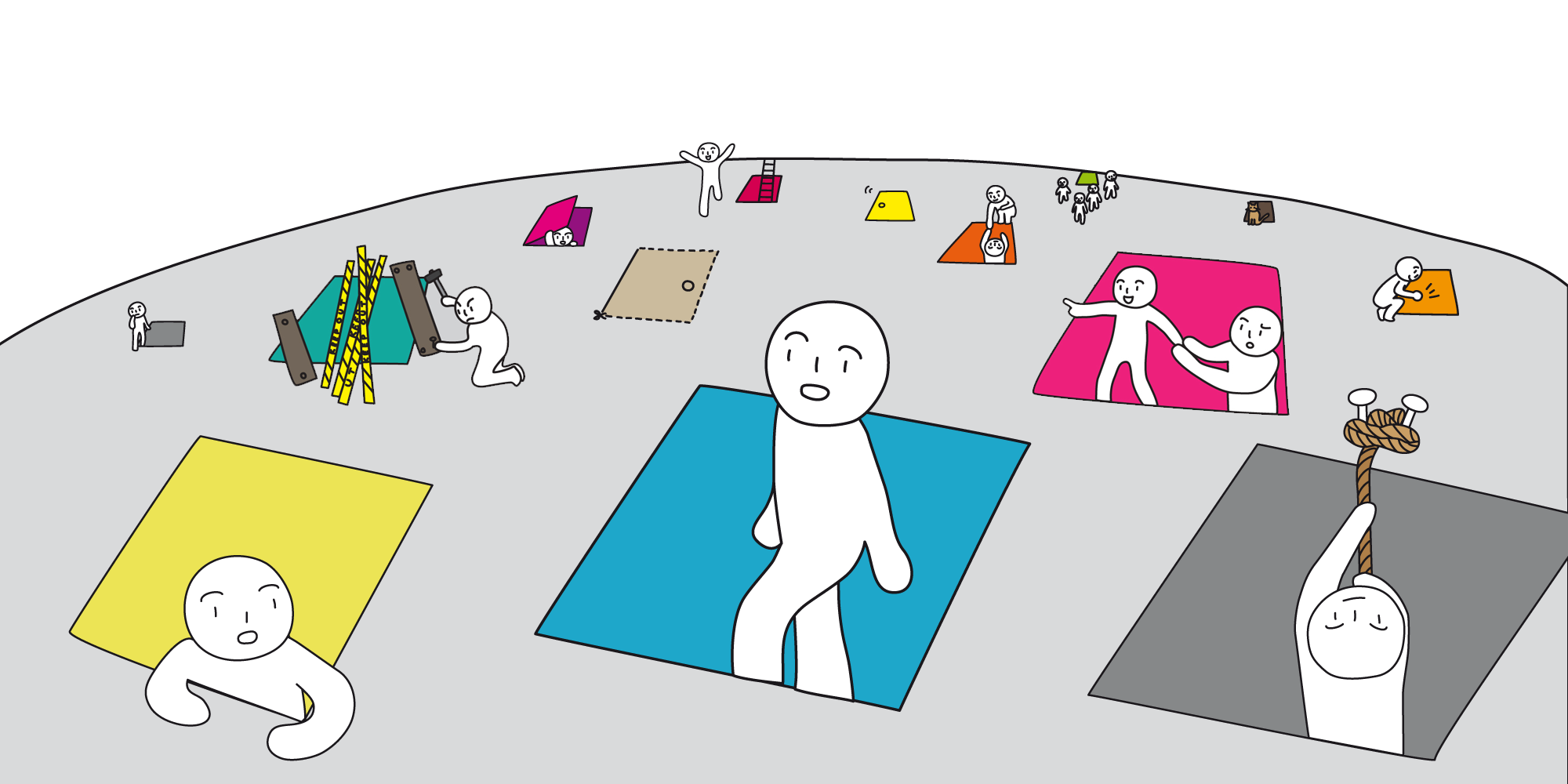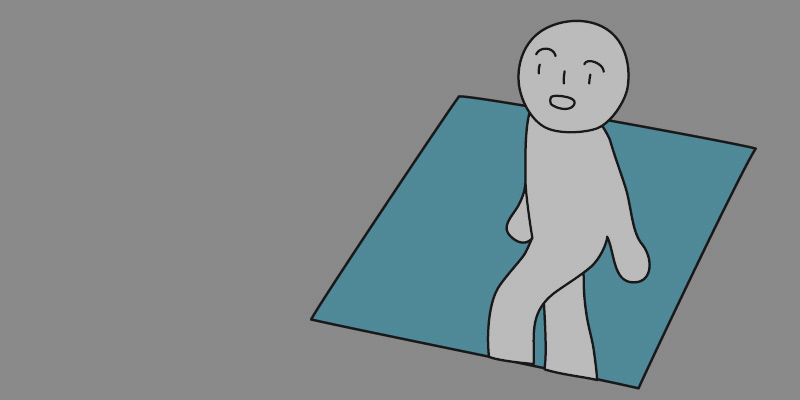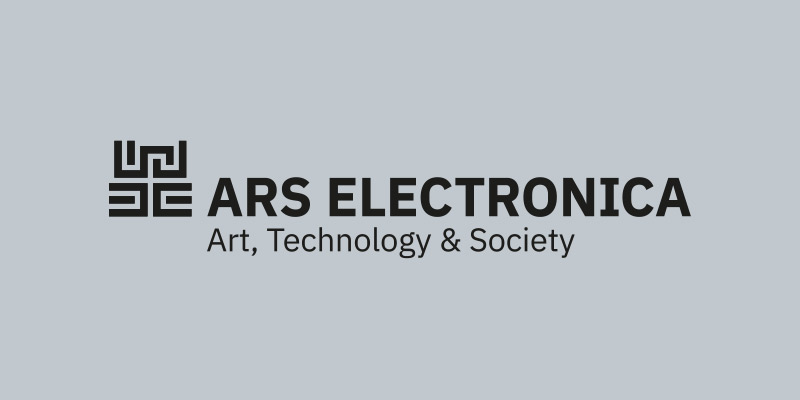Programm
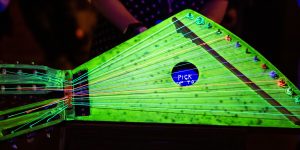
INSTRUMENT SEMATARY
Lia Mice (AU)
INSTRUMENT SEMATARY is an interactive sonic sculpture created from broken, pre-owned classical instruments that have been brought back to life with a new digital identity. Inspired by Stephen King's Pet Sematary in which deceased animals return to life with unfamiliar, evil personalities, this work explores the environmental choices of musicians and instrument designers, and our responsibilities to preserve historical hand-crafted musical instruments that are becoming increasingly out of fashion in a digital age.

Breath With Me
Marta Roncero (ES)
Inspired by ancient beliefs, my project proposes the idea of re-connecting to nature using our human energy. Breathe With Me allows us to connect with our plants through a meditation based in Hindu notion of Kundalini energy.

Data Dreaming
Andrea Guidi (IT)
Data Dreaming is a multimedia performative installation driving nuanced gestures to create ethereal audio-visual compositions with an interface resembling a household lamp. Rather than addressing functional requirements, the wood pyramidal object invites viewers to explore and compose enchanted sonic textures and fictional visual renderings.
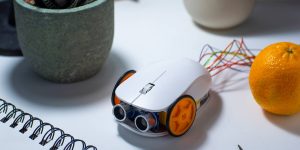
Jerry
Joanne Leung (HK)
A little mouse lives under your nose all the time. Its name is Jerry. He works and he plays. He loves and he hates. The computer mouse is entering his mid-life crisis as the floppy disc did. He evolves and turns his mid-life crisis into ours. This interactive mouse allows audiences to review their sense of control and superiority over other objects through spiritualizing a seemingly unspiritual machine. A story starts from an it and ends with a he.

TIMELESSNESS
Universidade de Lisboa, Faculdade de Belas-Artes
When Ars Electronica completes 40 years, we might be inclined to think that digital art is bound, by technology, to the time of its creation. Experiencing this selection in which drawings are excavated and expanded through augmented reality, however, a viewer’s gaze is allowed to degrade the photographic image, and the tangible or performative gestures of the audience are used to evoke memories or point to new directions. We realize that creativity can definitely transcend the technology used to build it. Calling upon temporality, space, and memory as key ingredients, Timelessness engages the participants on a journey through social, aesthetic, and temporal landscapes. The exhibition gathers artistic projects developed by undergraduate, masters, and doctoral degree students in the scope of the Multimedia Art Department of the Faculdade de Belas-Artes of the Universidade de Lisboa – FBAUL.
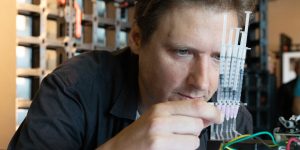
BLP-2000D
BCL – Georg Tremmel (AT), Shiho Fukuhara (JP)
DNA Synthesisers or ‘DNA Printers’ are devices that chemically synthesise or ‘print’ DNA sequences. Currently, the synthesis of long DNA sequences is still an expensive process, therefore DNA Synthesisers are centralised and offered as a service to universities and research institutions. When a specific DNA sequence is ordered, the DNA information is sent to the company, the DNA is synthesised and returned in its physical form, ready to be used for biological experiments. This centralisation also has an intended side-effect: the companies act as censors, controlling which DNA is to be synthesised—and which not. An unofficial ‘Black List’ of potentially harmful and forbidden DNA Sequences has been created and is shared amongst the companies—officially for bio-security reasons. Because of the expensive chemicals involved in the process, it was not really feasible to create a DIY DNA Synthesiser—until now. DIY microfluidics make the process possible and more affordable. But it is still error-prone and creates mutations in the physical DNA sequences. BLP-2000 creates prototype DNA Synthesisers that only print the 'forbidden,' black-listed DNA Sequences. The process of printing black-listed DNA Sequences also creates a moral and societal dilemma.
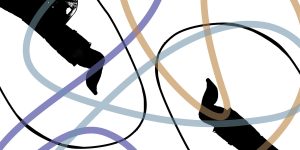
Social Shoes
Jie Liao (CN)
Running has become a new opportunity for communication in people’s leisure time. These social shoes can enhance this connection. When people haven't been running for a long time, the shoes urge them to move. When people put them on, the shoes will start looking for another pair of shoes to encourage people to run together.

Cat: Collaborating with a Neural Network
Rachel Smith (UK)
This work is a conversation between Rachel Smith (human) and cifar10_cnn.py (artificial neural network). In order to communicate successfully, they must speak the same language. The method of communication is a human/machine compromise; a hand-painted grid of pixels. The human must automate and restrict herself, the network must cope with human error and bodily forms.
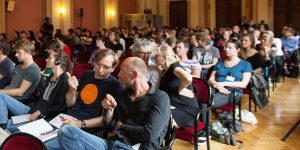
Conversations with Renata Schmidtkunz
Renata Schmidtkunz (DE)
Renata Schmidtkunz hosts four panel discussions in the summer refectory, prominently featuring Josef Penninger, Sophie Wennerscheid, Oliviero Toscani, Amanda Cox, Markus Poschner, and others. The topic is dedicated to the role of science and research. Social acceptance in relation to current AI research will be discussed as well as the new artistic possibilities opening up due to AI applications.

post-window
TopLap – Lina Bautista (CO/ES), Ivan Paz (MX/ES)
post-window reflects on the semantic, semiotic and affective bridges connecting our imaginary sonic and written languages. It is conceived as a high-level device for sound live coding that visualizes algorithmic sentiment analysis. It is a window that invites us to find the nonconformity within the limits of the algorithm. The training bias, the implicit values of humans involved in data collection and processing, might never replicate the plasticity of the individual mind.
